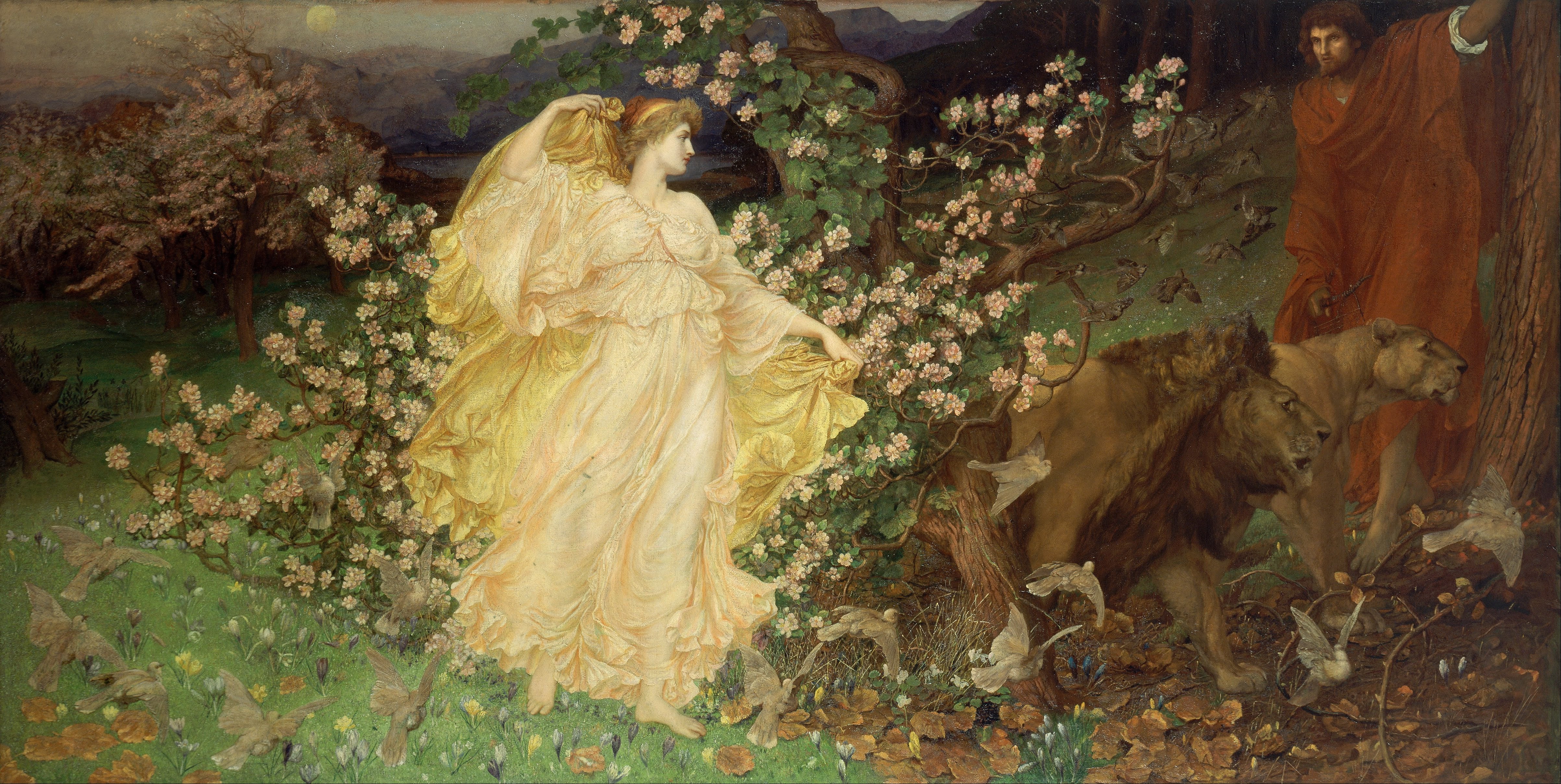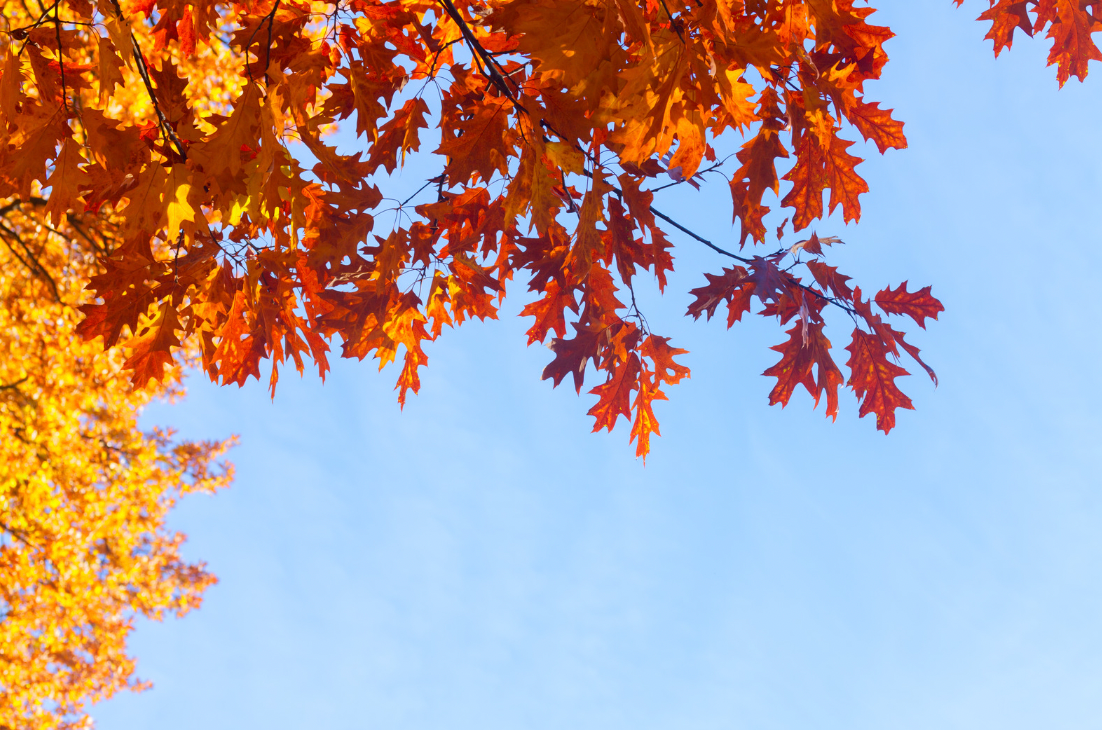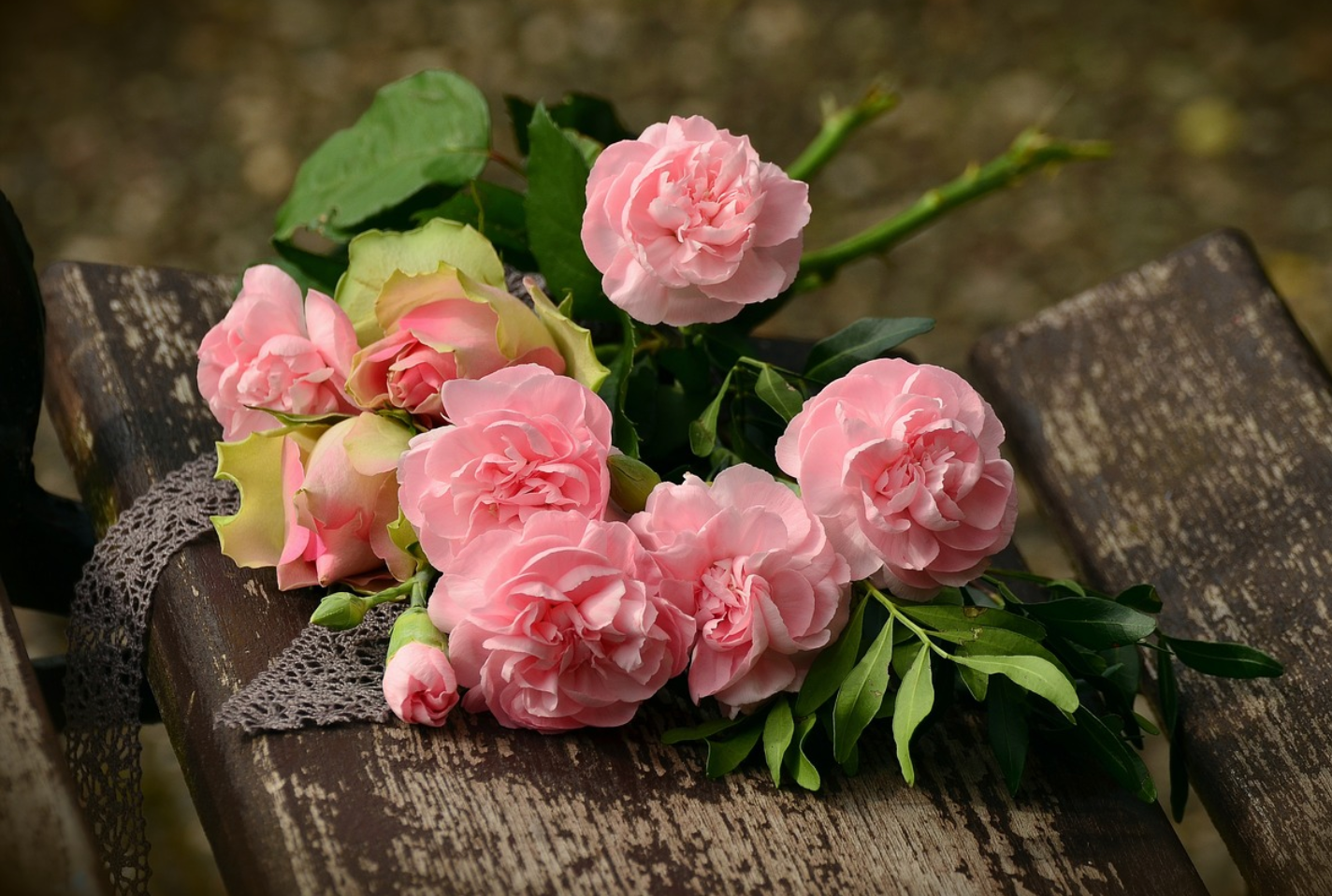Rose Pruning: How Do You Do It?

Pruning encourages growth
Don’t be afraid. It is almost impossible to kill a rose by over-pruning. Roses are in the same family as blackberries. If you’ve ever had to remove a thicket of them, you can imagine how durable an established rose bush can be. In fact, a bigger mistake most gardeners make is to under-prune.
Supplies
- Hand pruners (bypass pruners are best) (Amazon)
- Pruning saw (Amazon)
- Loppers (Amazon)
- Gloves (Gauntlet style are the best to protect the forearms) (Amazon)
- Watering can (Amazon)
- Organic Rose Fertilizer (Amazon)
- Disinfectant. You should use disinfectant regularly on your tool blades, especially if you know you have used your tools on an infected plant. (We put some disinfecting recipes at the end.)
Reasons to prune roses
- Remove dead and diseased branches (also called “canes“).
- Rejuvenate the plant and encourage more blooms
- Encourage airflow through the shrub.
- Control size and shape. (This can be especially important with climbing roses)
Reasons change, but you’ll always prune the same
- The entire experience will be more comfortable if you wear long sleeves and leather gloves while pruning. You can also wear gauntlet-style gloves, which extend to the elbow. (Like people, roses get more thorn-ful with age).
- Use sharp hand pruners (You might need to sharpen them if you haven't used them since last season). Use loppers on the green, medium branches (¾ to 1-½ inch ) or a pruning saw for large or dead branches. If you’re not sure if a branch is alive, slightly cut into the bark. If the inside it's green, it's alive. If the inside is brown, It's dead.
- Remove any old leaves from last season. Your rose bushes should have dropped all their leaves by Spring. If not, you’ll need to help them out.
- Cut the branch at back to an outward-facing bud.
- Make the cut at a 45-degree angle about 1/4 inch (thickness of a pencil) above the bud, slanting away from the bud. An angled cut allows water to run off, rather than collecting in the cut end of the stem, which can encourage the spread of disease.
- Unless you’re removing a branch entirely to the ground, cut back the branch to a leafbud with five leaflets. (It should look like a tiny rose hand)
- A good rule of thumb is to remove anything thinner than a pencil. This includes any sad looking branches. You want nice strong canes to support an abundance of flowers.
- Take out crossing branches which can rub, causing damage and encouraging disease. The goal is to have upward-reaching branches with an open structure in a vase-like shape.
When to Prune
Our advice, is to wait until very early spring to prune roses. Its during that dicey time of year in February to March when were never sure if we are going to get a nasty freeze or an early spring. Don’t worry, the roses can handle both. When the roses start to bud or leaf out, it’s time to prune.

For most roses, the goal is to have six to eight strong healthy canes remaining. The final height of the rose bushes, after pruning, is usually 18-24 inches tall. This will produce fewer blooms but larger blooms. If you want more blooms and don’t mind that they are a little smaller, allow your rose to be a little taller.

You’ll want to prune to remove dead or diseased growth at any time. Although, it is best to avoid major pruning from late summer through early winter, when shrubs starting going dormant. However, you can deadhead as the flowers fade to keep shrubs blooming longer. Deadheading will encourage more blooms and maintain an attractive shrub. Other reasons for pruning include: encourage spring growth, and rejuvenate the shrub, or to reduce size especially if your rose is planted too close to a walking path.

Late Fall is also the other time to prune. Take it easy though, as too much pruning can stimulate growth, and that new growth may be damaged by our random winter storms. Make sure to remove any of the dead or diseased branches and foliage. Clean your cutting tools in a disinfecting solution to prevent transferring disease to another plant.

Climbing roses are the exception to this rule. They typically bloom on old wood, so cutting them back in early spring would cut off new blooms. They should be pruned just after the flowers finish, although you can remove dead or unwanted branches at anytime.
Climbing roses are a special group, and are often pruned wrong. While “repeat blooming“ roses should be pruned in very early spring, old-fashioned and heirloom climbing roses usually bloom on old growth, and should be pruned after they bloom. For all climbing roses, remove crossing or rubbing branches and clean up the long branches. Cut side shoots back to 2-3 inches. If you dont know remember your variety of rose, try pruning half of you climbing rose. Make sure you notate the results in a garden diary, for next year.
Caring for Roses After Pruning
After pruning, make sure to clean up the surrounding area underneath. All leaves and cut branches should be disposed of as diseases and pests could be lurking. Plus if you run around like a barefoot hippy in your back yard, like I do, a rose thorn in the foot is the worst!
Apply a new layer of mulch around your roses to keep their feet cool this summer. Once you area is picturesque, not its time to feed them. Roses are “big eaters” and need proper nutrition, so feed them with a long-lasting organic fertilizer. The high calcium in our area can prevent the trace amounts of iron from feeding the roses, so we use extra blood meal and Iron-tone during the growing season.

Disinfecting Recipes
- Household bleach (ex: Clorox): 25% solution (1 part bleach + 3 parts water)
- Pine oil cleaner (ex. Pine-Sol): 25% solution (1 part cleaner + 3 parts water)
- Rubbing alcohol (70% Isopropyl): 50% solution (1 part alcohol + 1 part water)
- Denatured ethanol (95%): 50% solution (1 part alcohol + 1 part water)



